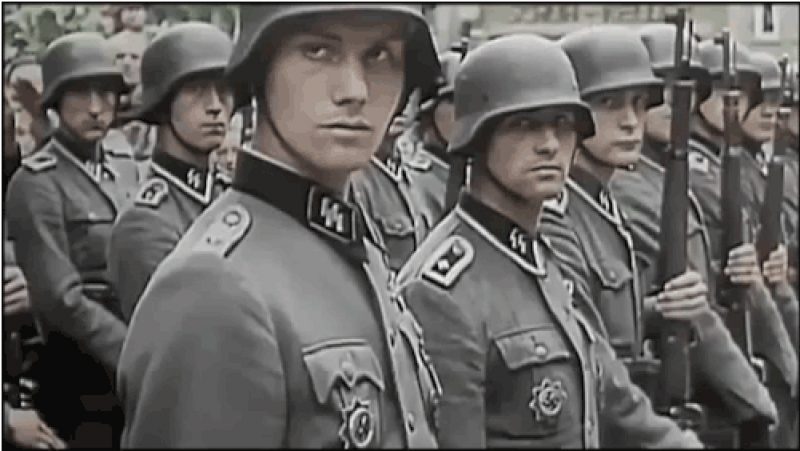During World War II, tens of thousands of foreign volunteers joined the Waffen-SS in what they believed was the fight to “save” western civilization from “Bolshevism” and the so-called “worldwide Jewish conspiracy.”
Initially, the vast majority of these men came from nations that the Nazis had overrun in the first years of the war.
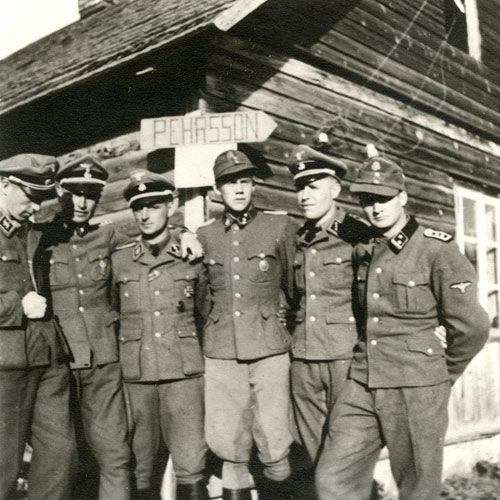
As the war expanded and the need for manpower grew, Heinrich Himmler opened the Waffen-SS to men from the rest of Europe, eventually as far away as the Caucasus region. There were even a small number of men from India in the ranks – they were promised that they would be able to fight against British control of their nation. A very small number of British from POW camps were accepted as well.
These men had a number of things in common, but the most obvious one was that their homelands were or had been involved in the war as combatants. That was not the case with volunteers from Switzerland and Sweden, which were officially neutral during the war.
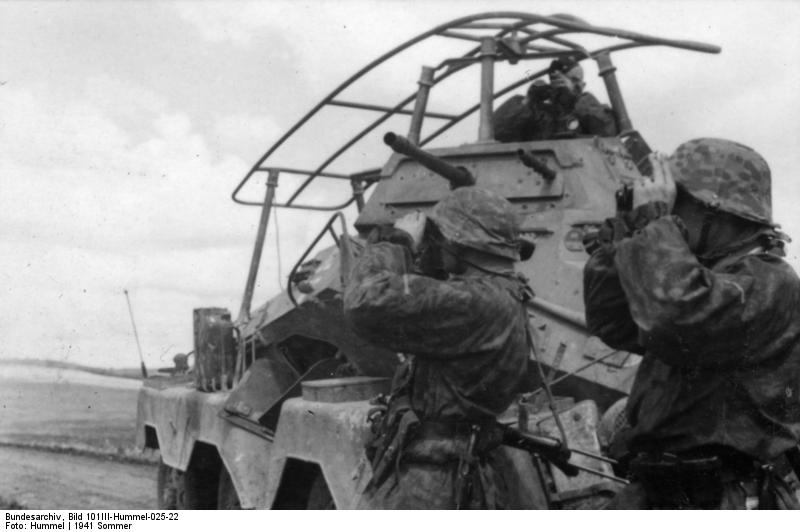
A large majority of the populations of these two nations were anti-Nazi, or at least pro-independence.
To be clear, neutrality simply means that a nation officially does not favor one side or another in a conflict, usually with the goal of avoiding that conflict.
It doesn’t mean that a government doesn’t favor one side more than another – for example, Spain and Portugal were also officially neutral during the war, but Spain obviously favored the Axis and Portugal leaned towards the Allies.
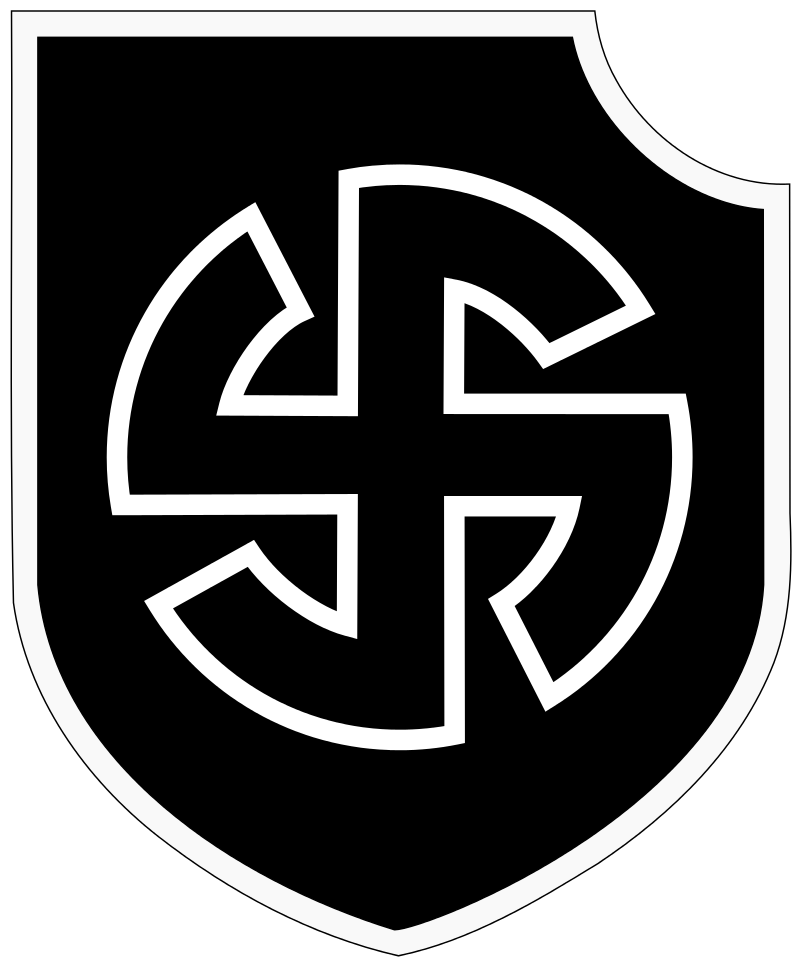
Sweden had adopted neutrality as a national policy in the time period after the Napoleonic Wars and remained neutral throughout World Wars I and II.
Caught in between Germany and the Soviet Union, two great powers who were often at odds, this seemed to many the wisest course. Even so, Sweden traded raw materials such as iron, nickel, and wood to the Nazis.
Switzerland’s location and ethnic makeup almost demands neutrality. Made up of three main linguistic groups, German, French, and Italian, and located on the borders of all three, neutrality in conflicts between Germany, Italy, and France has been the wisest course.
While most historians agree that Germany could have conquered Switzerland militarily, that conquest would have come at great cost – a price the Germans were not willing to pay because the Swiss, as a neutral nation and the center of European banking, were willing to do business with the Germans. Unfortunately, that included gold seized from the Jews of Europe by the Nazis.
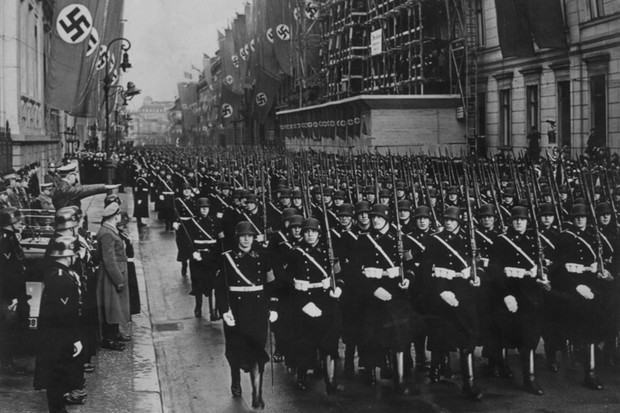
Both nations were hubs of espionage and political intrigue during the war, with both the Allies and the Axis attempting to sway them to their sides.
Neither succeeded. Each nation had German sympathizers within its political hierarchy, but other politicians and citizens were pro-Allied in their minds and hearts – we know that people of both nations aided and housed Jewish refugees, for instance.
However, in Switzerland, there were an estimated 40,000 or so people who belonged to pro-Nazi organizations such as Dr. Ernst Biedermann’s National Front and Dr. Arthur Fonjallaz’s Faschistische Bewegung der Schweiz (Fascist Movement of Switzerland).
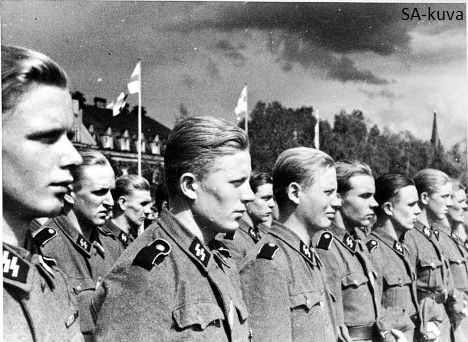
Most, if not all of these people came from German-speaking northern Switzerland. They apparently felt that simply believing like the Nazis was not enough, so they left their country and joined the SS.
Though most of the men were from German-speaking areas of the nation, a handful came from the French and Italian-speaking areas. One of these was Bruno Tissi, an Italian speaker who served in the Italian Waffen-SS division as an interpreter.
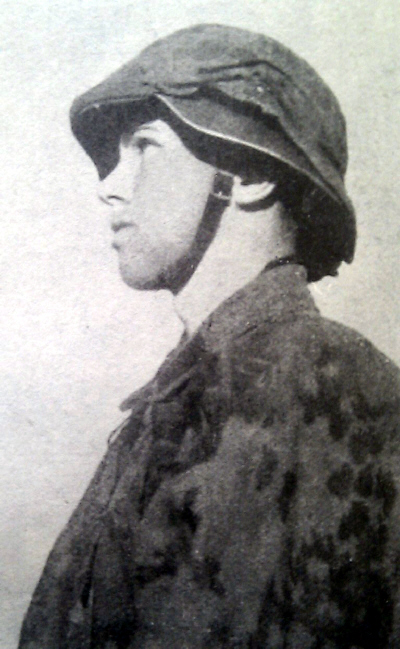
Eugen Corrodi was a Swiss Army major who deserted and joined the SS, achieved the rank of Oberfuhrer (senior colonel) and became the most highly decorated Swiss of the war fighting for Germany. He changed his Italian sounding name to the more German “von Elfenau.”
It is hard to nail down the exact number of Swiss SS volunteers. Many German records were destroyed by wars’ end, and many of these men simply left their country, not telling anyone their goal. Additionally, like so much else involving Switzerland’s dealing with the Nazis, post-war Swiss governments made finding such information especially hard.
It appears as if anywhere between 700-2,000 Swiss men volunteered to fight for Germany during the war, the majority of those fighting in the Waffen-SS. There was never an entirely Swiss unit.
At the start of Swiss involvement, many of these men fought with the 6th “Nord” Division, a mountain division. Within that unit, most of the Swiss served in the reconnaissance section of the 2nd Regiment, as most were experienced mountaineers.
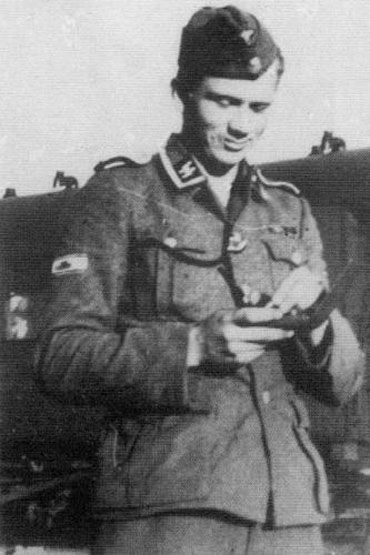
The Nord Division fought in the Soviet Union from 1941-44, was stationed in Norway and Denmark from November 1944-January 1945, and served in Germany and then Austria at wars’ end.
From 1943 onward, Swiss volunteers were trained at the SS officers academy at Bad Tölz. The Swiss graduates were sent to the Dutch SS Brigade “Nederland” to fill out its ranks.
This unit, like most SS units, fought on the Eastern Front for the majority of the war and was in the thick of the fighting in the northern Soviet Union and the Baltics during the retreat back towards the Reich.
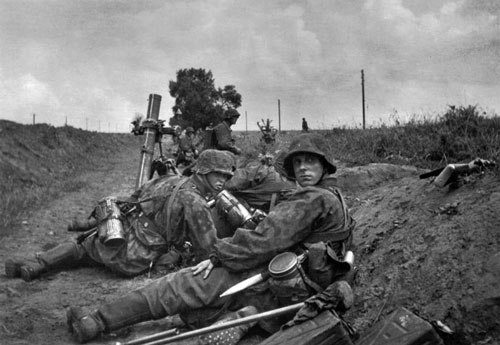
At wars’ end, some of the handful of Swiss that survived combat or were not captured by the Soviets returned home. Some of them were put on trial and served time in prison. One of them, SS-Untersturmfuhrer (2nd Lieutenant) Peter Renold, whose name had been put forward for the Knight’s Cross, joined the French Foreign Legion like many other SS veterans and fought in Vietnam for the French colonial government.
In 2008, the History and Folklore Museum in the Swiss city of St. Gallen displayed an exhibit entitled “Cold, hunger and homesickness – Soviet prisons of war 1941-1956″ about Swiss citizens and others held in gulags during and after the war.
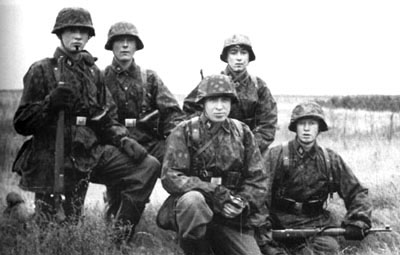
Within Denmark and Norway, the Scandinavian nations occupied by Germany, there were thousands of men who joined and fought with the Waffen-SS.
Many of those were inspired by Hitler’s racial “call to arms,” and as members of Hitler’s “Aryan super-race” they chose to join the ranks of the most “Aryan” of the Nazi armed forces, the Waffen-SS. A number of Finns, whose nation already was fighting the Soviet Union, also joined Germany’s fight against the USSR.
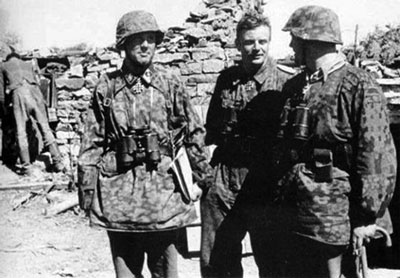
That leaves Sweden, the most populous of the Scandinavian states, and at the time, the richest. Most of the Swedish volunteers for the SS joined from true belief in the superiority of the Germanic races and/or against the threat of Communism.
However, there were some young Swedish men who simply wanted to prove themselves in combat, and they knew that as citizens of a neutral nation that chance was slim if they did not take drastic action.
In the 2005 monograph Hitler’s Foreign Divisions: Foreign Volunteers in the Waffen-SS 1940-1945 by Chris Bishop, it is stated that there were 300 Swedish SS volunteers, barely enough to form a battalion of soldiers. There briefly existed a Swedish section consisting of men from the Swedish province of Norrland, the northernmost part of the country bordering Finland, as well as ethnic Swedes from Estonia. They fought on the Finnish Front “Abteilung Sveaborg.”
Toward the end of the war, most of the Swedes fighting in the Waffen-SS were in the “Nord” Division like their Swiss comrades.
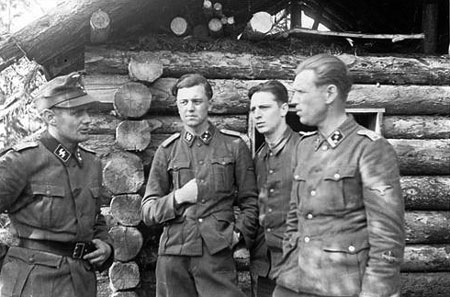
The 3rd Company of 11th Tank Reconnaissance section of that division was informally called “The Swedish Company” because it and a brother unit held the most Swedes in German uniform.
The most highly decorated Swede was Hauptsturmfuhrer (Captain) Hans-Gösta Pehrsson, who was awarded a number of times for actions taken toward the end of the war.
At wars’ end, the Swedes who returned to their native land were not subject to the same penalties for violating their nation’s neutrality as the Swiss were. They were able to lead normal lives, though most kept their involvement in the war on behalf of Germany a closely guarded secret.
